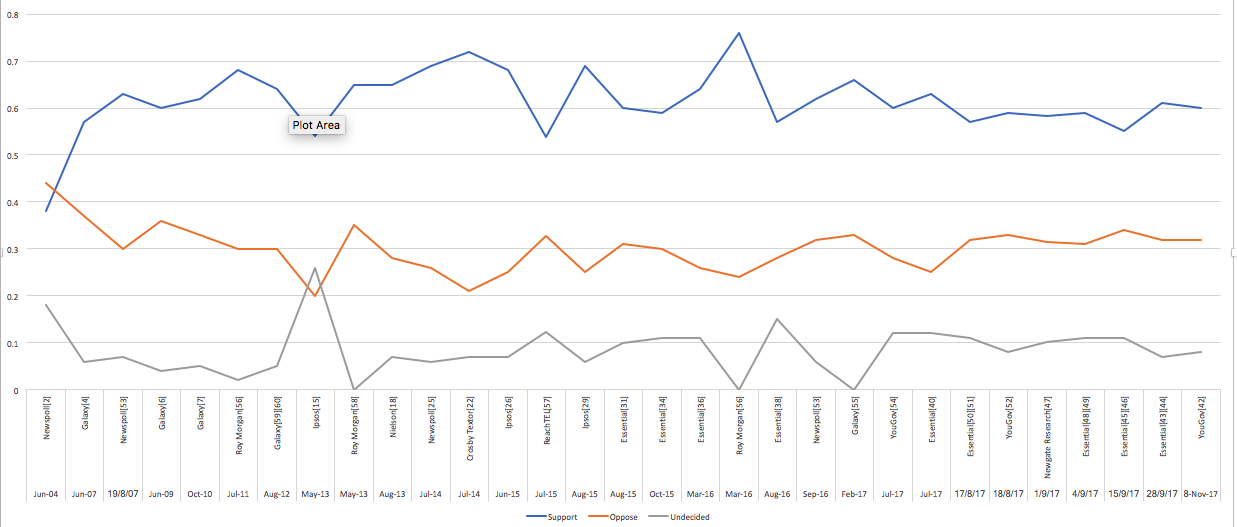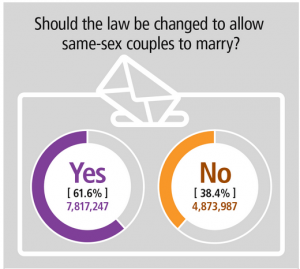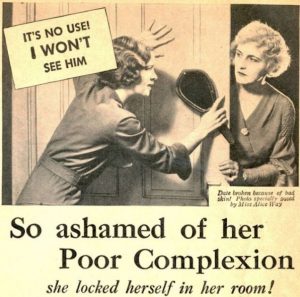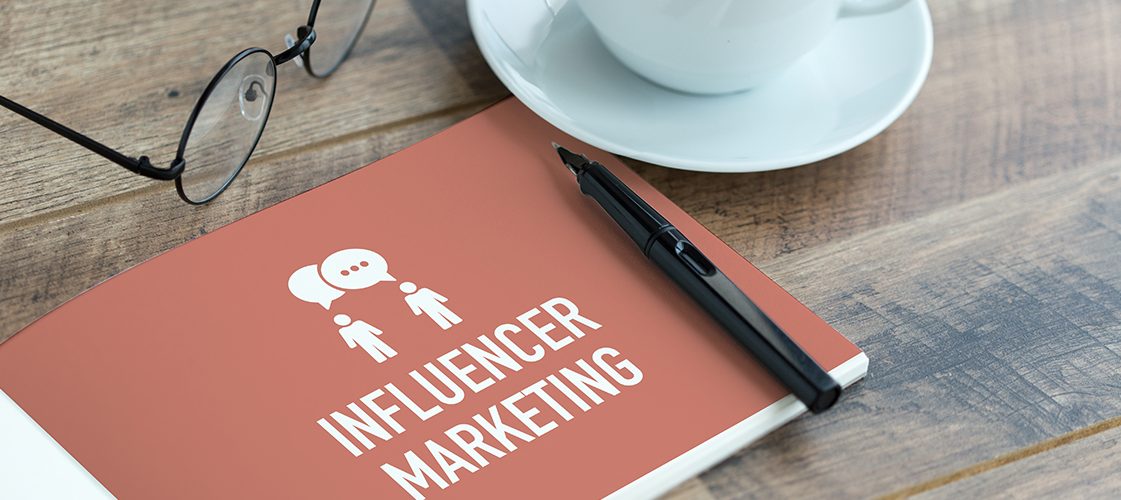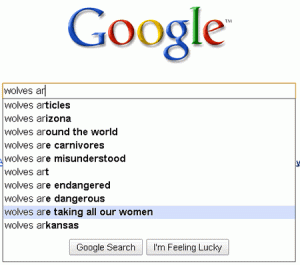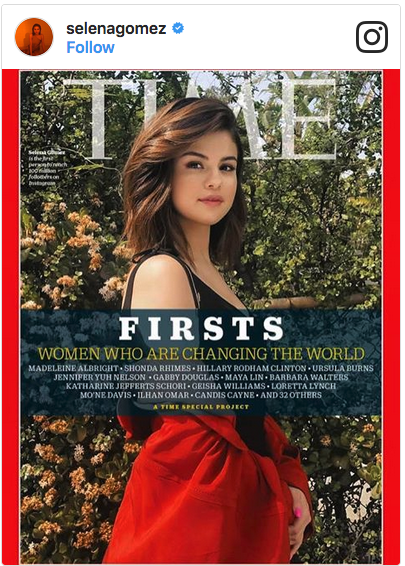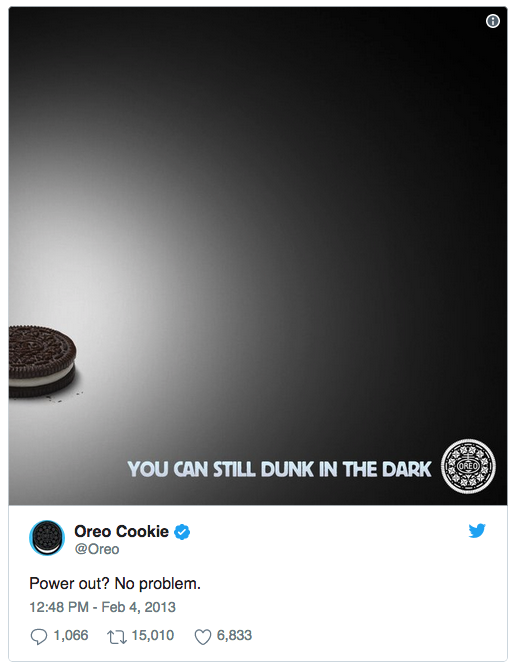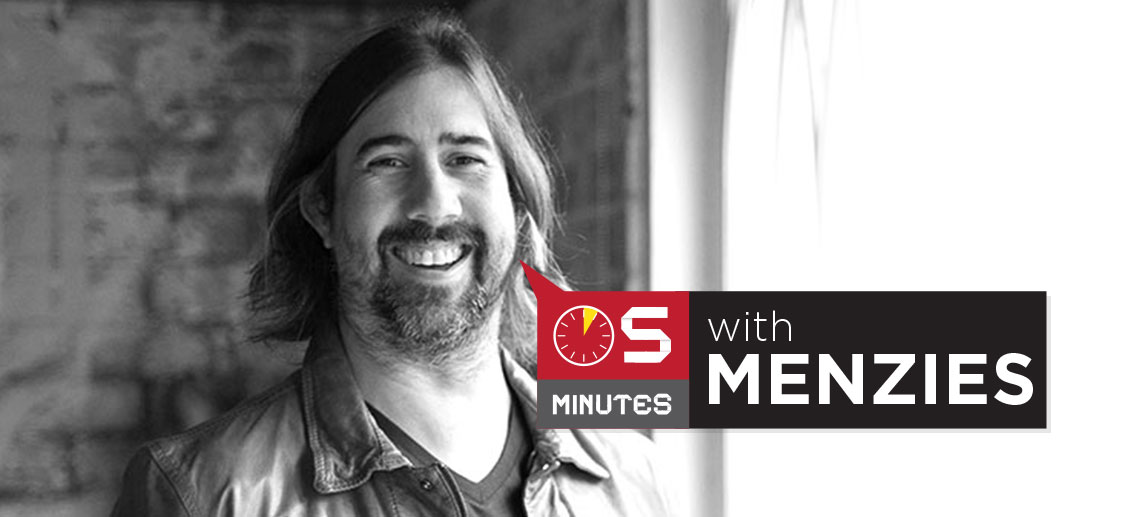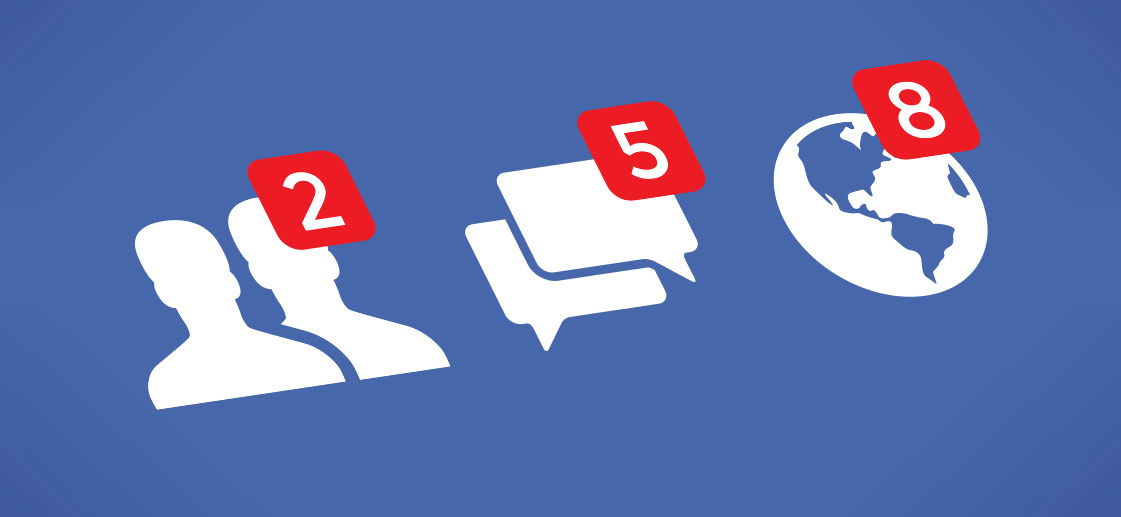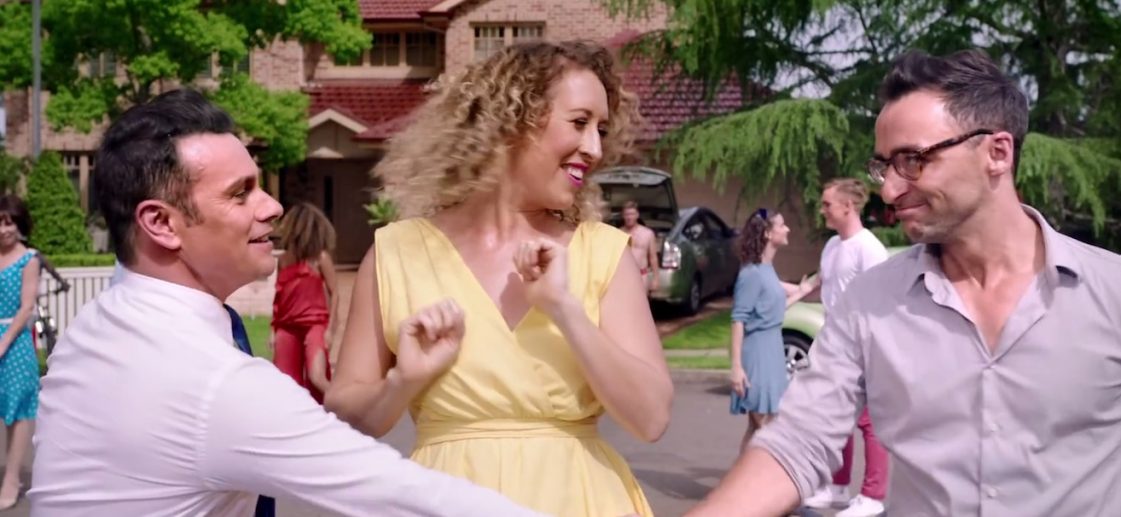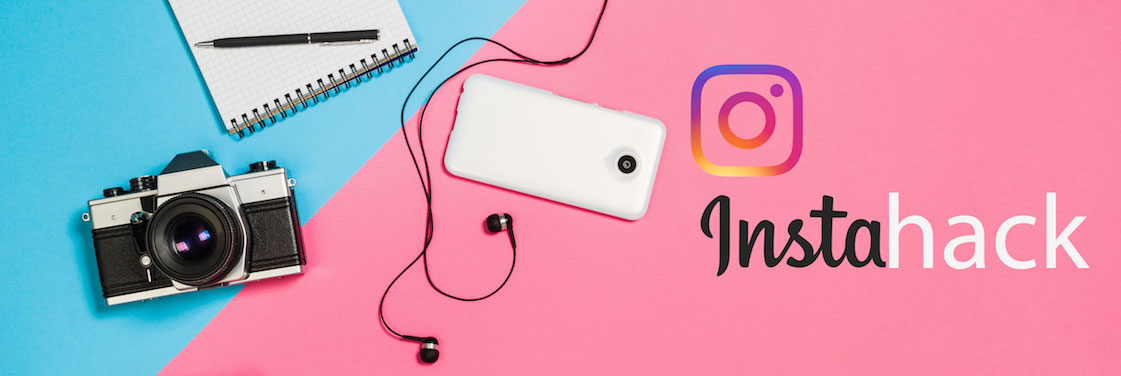Now that the first official Australian same sex marriages are flowing through and the hub bub of the vote has died down – I thought I would take a look at the marketing facet of the debate.
We often like to think of ourselves as agents of change. As marketers and advertisers, our job is to convince people to perform a certain action whether it is to buy a product/service or donate to a good cause, or, in the case of the marriage equality postal vote, get people to tick a box on the form.
I am not here to make a case for the pros and cons of either side, but I am here to see if either side won the battle of advertising.
Personally, I didn’t see one television ad, or any ad for that matter, that was anywhere near convincing enough to change my mind.
No Campaign
The main tenants of the No campaign were two-fold:
a) fear of what else may happen (won’t somebody think of the children)
b) the fact that it’s OK to say no
The call to action is interesting. I think most people on the opposite side of the fence would see it as a conniving phrase and people on the same side would think “exactly, why don’t people realise this?” and maybe, just maybe the undecideds might just need that slight prodding. Regardless what you think of the ads, they certainly generated a lot of commentary and media attention as the fear sentiment was discussed on every news & current affairs program, blog, social media post, radio program… you get the idea.
Most interestingly of all these platforms was the social media responses, the fast moving and agile nature of social media was able to debunk falsehoods quickly. In fact, the power of digital and social media underpin much of the Yes campaign and undermine the No Campaign with memes of the No ads sprouting often quickly and often.
In response to the first ad
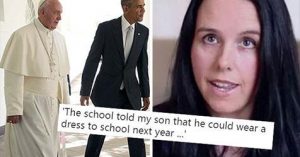
or in response to the Vote No skywriting
&
Yes Campaign
The Yes campaign had a main challenge because there was an interesting dichotomy at play.
Firstly, they were campaigning for a change – if no change happens, then they lose – and Aussies are known for being laid-back and letting things lay where they are.
And secondly, the polls had established that the majority of Australians support same sex marriage. So did they have the upper hand or did they draw the short straw?
Regardless, the advertising was clearly focussed on two things as well: Fairness and Vote.
With fairness, they were playing on a common Australian trait, the fair go. The other part was actually focussed on getting people to vote and not forgetting to post the vote. I think this was a positive direction although they had mostly straight people in their ads (again, a deliberate decision) which undermines the equality that they were hoping to achieve. The bright colours and #loveislove sentiment was absent from the campaign’s advertising and really was taken on at a grassroots level by individuals and corporate endorsements.
In my opinion, they were bland and boring; except, that is, this one – shown in The Bachelor finale.
No official figures were produced about the amount spent on advertising but early figures suggested that the No campaign spent more than double that of the Yes. One source even suggested that the No side spent as much as 5 to 1.
So if the No campaign spent more money and the vote ended in a Yes result does that mean the Yes ads performed better and convinced more people?
No.
a) they weren’t compelling.
b) the debate has been happening in public forums for over a decade, so a quick burst of advertising wasn’t going to change minds that hadn’t already been changed.
c) it wasn’t a question of which product to buy (Pepsi vs. Coke) it was something much deeper than that. For almost everyone that voted it was a question of right and wrong – and a 30 second ad could do little to change that. If you had to come up with an ad to convince all people in Israel and Palestine to choose one religion, do you think a 30 second ad would sway perceptions?
Proof
The postal survey showed 61.6% of people who voted supported same sex marriage. But for the past 10 or so years, somewhat regular polls had been taken to gauge the sentiment of the Australian public. Not all polls are statistically significant or accurate but a pattern clearly emerges if you look at the trends. See the below table which takes into account all the opinion polls I could lay my hands on (Thanks Wiki). Apart from the very first poll taken in 2004 where the Yes vote would have lost by six points depending on how the undecideds went, every other poll went in favour of the Yes vote and the average of polls when given equal weighting was 61%.
Verdict
So, while many will claim the postal survey was a waste of approximately $100 million, that number doesn’t factor in the millions of dollars wasted on insufficient and ineffective advertising campaigns.
No agents of change here.
ONE PARTING THOUGHT
The Trump Effect Loomed? Could Social have been the Game Changer?
In the days leading up to the results of the postal vote being announced many in the community were worried about what happened in the Brexit debacle and in the more recent US presidential election that the polls might be wrong, people might be saying they will vote Stay in the EU/Clinton/Yes and then on a private ballot would think Brexit/Trump/”it’s ok to say ‘No'”. This is a definite possibility, that this did happen to some effect in the Australia that would mean that the campaign by the Yes team was the better campaign. And as we’ve already suggested the ads in traditional media were average from both sides and the No campaign had deeper pockets, so, Yes had to look elsewhere to make up ground and that was online. Another parallel with EU Brexit and Trump that Social Media played a part – the Arab Spring movement was also hugely aided by social media.
Yes campaign outdid the No in virtually every area on social but just a few numbers.
Yes – Facebook Followers – 300,000
No – Facebook Followers – 35,000
Yes – Twitter Followers – 30,000
No – Twitter Followers – 500*
*NB the twitter account for the No campaign was not a focus for them.
The Yes campaign engagement rate was far higher and their content output was far higher. The huge engagement rate was because of the quality of their social strategy. They had compelling content that people wanted to read, engage with and share amongst their networks. The story was built continually throughout the campaign – and by story I mean story – there were constant human stories from people from all walks of life (young, old, gay, straight etc) about how their lives have been affected and will be affected by this vote.
The type of content from the No campaign was less than compelling with much of it being updates and news related rather than the tangible human story side.
The human connection was strong in practically all the equality posts. I postulated above that it was hard to create change in 30 seconds (unless it’s over the choice of which soft drink to buy) but social gave the Yes campaign a chance to tell their story over a longer period and in a more thorough way. This last anecdote has no statistical relevance: Outside of close friends the vote was not a major topic of conversation – but only one person I know had said that they changed their minds – they were going to vote No but changed to Yes – and it was because of a post from a friend on social media – his reasoning was simple, he said he saw the debate through her eyes and decided to change.
